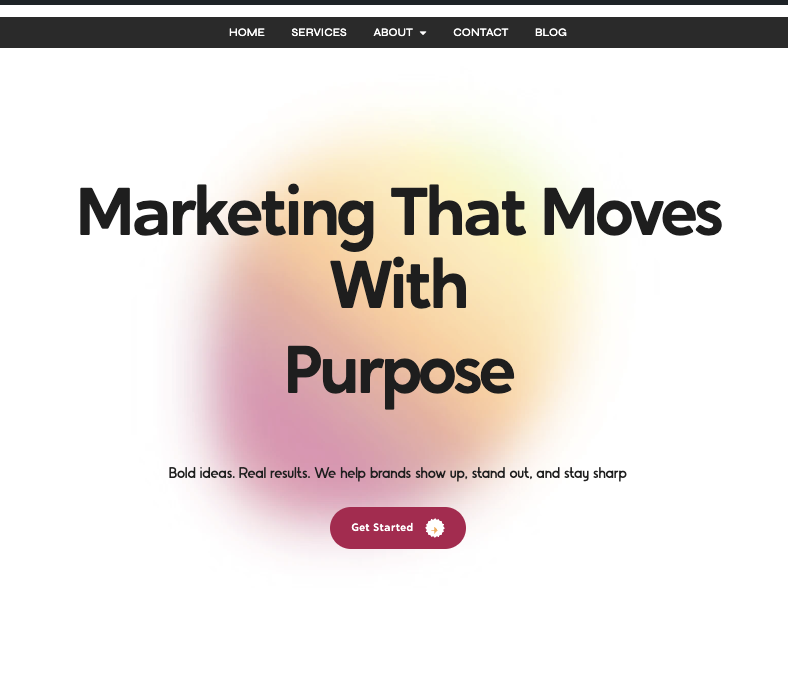Becoming an influencer used to be about posting cute selfies and clever captions. Those days are gone. Today, success demands a deeper mastery: content creation and brand management for influencers. Without these, even the most charismatic creator will struggle to build lasting influence.
Followers are no longer passive viewers. They are savvy, critical, and looking for brands — and people — who stand for something. Influencers must treat themselves as brands, with strategies as thoughtful as any Fortune 500 company.
If you are serious about building a thriving personal brand, mastering these two disciplines is non-negotiable.
Why Content Creation and Brand Management for Influencers Matters Now More Than Ever
Standing out is harder than ever. According to a recent report from Statista, there are over 5 billion active social media users. That means attention is fragmented across endless creators, trends, and platforms.
Content creation and brand management for influencers isn’t just a nice-to-have. It’s survival. A single viral post without a consistent brand strategy rarely converts into sustainable influence.
Take Leah Thomas (@greengirlleah), a sustainability advocate. Every post she shares, sponsored or organic, ties back to her brand promise: environmentalism through an inclusive lens. Her ability to consistently anchor content around her core message ensures both audience loyalty and brand trust.
Building a Sustainable Content Creation System
Influencers who rely on random inspiration often end up burning out or losing momentum.
Building a sustainable content system ensures both consistency and creativity:
Monthly Themes: Center content around an idea or cause every month. A fitness influencer, for example, might dedicate June to “Summer Strength,” offering workout tips and recipes.
Batch Production Days: Schedule entire days for shooting, editing, and writing. This workflow minimizes decision fatigue and maintains visual consistency across posts.
Audience Feedback Loops: Regularly use polls, quizzes, or questions on Instagram Stories to capture real-time feedback. Engaging your audience directly not only guides your content but also deepens trust.
Consistency does not mean losing spontaneity; it means creating room for it within a reliable framework.
Authentic Brand Development: The Foundation of Influence
Branding is far more than a polished Instagram grid. It’s the emotional fingerprint you leave on your followers.
To build an authentic brand, ask yourself:
What three words should people associate with my name?
What recurring values or themes appear in my content?
How do I want followers to feel when they engage with me?
A notable example is adventure photographer Chris Burkard. His brand centers on exploration, environmental advocacy, and visual storytelling. Every collaboration, whether with outdoor gear companies or travel campaigns, reinforces these themes.
Brand management begins with self-awareness and expands through consistent, intentional messaging.
Consistency Is the Silent Brand Builder
Many influencers mistakenly believe that repetition is boring. In reality, consistency builds trust.
Visual Consistency: Select a core palette, editing style, and font that reflect your brand personality. Sudden shifts confuse your audience.
Tone Consistency: Whether your voice is educational, funny, bold, or nurturing, maintaining it across captions, videos, and newsletters creates familiarity.
When your content feels familiar, audiences are more likely to stop scrolling, engage, and share — even without realizing it.
Collaborations That Feel Seamless, Not Forced
Brand partnerships are crucial revenue streams. However, mismatched collaborations erode trust faster than any algorithm change.
Best practices for collaboration:
Prioritize Brand Alignment: Choose partnerships that mirror your mission and values. For instance, a vegan influencer promoting a meat product would immediately alienate their base.
Negotiate Creative Freedom: Work with brands that value your voice and allow authentic integration of their product into your content.
Well-managed partnerships feel like natural extensions of your storytelling — not interruptions.
Rachel Brathen (@yoga_girl) exemplifies this by partnering only with brands that promote wellness, mindfulness, or environmental responsibility. Because the fit is natural, her sponsored posts consistently perform better than generic ads.
Common Pitfalls Influencers Face — and How to Avoid Them
Even seasoned influencers sometimes falter. Common pitfalls include:
Trend-Chasing Without Strategy: Jumping on every viral dance or meme without tying it back to your brand confuses your audience.
Over-Promotion: A feed filled exclusively with sponsored content erodes authenticity and damages long-term growth.
Ignoring Analytics: Data reveals what resonates. Without it, you’re guessing. Use insights to refine content strategy monthly.
Influencers who leverage analytics grow their audiences faster on average than those who don’t.
Final Thoughts: Content Creation and Brand Management for Influencers
Influencers who master content creation and brand management for influencers position themselves for sustainable, meaningful growth. They don’t chase fleeting trends — they cultivate communities. They don’t sell products — they build trust.
Your content is your handshake. Your brand is your reputation.
Influencers thriving today aren’t lucky — they’re intentional. They understand that success isn’t given; it’s built, one authentic post, one strategic decision, one genuine connection at a time.
With thoughtful content and strong brand management, you won’t just survive the ever-shifting digital marketing landscape. You’ll define it.
















